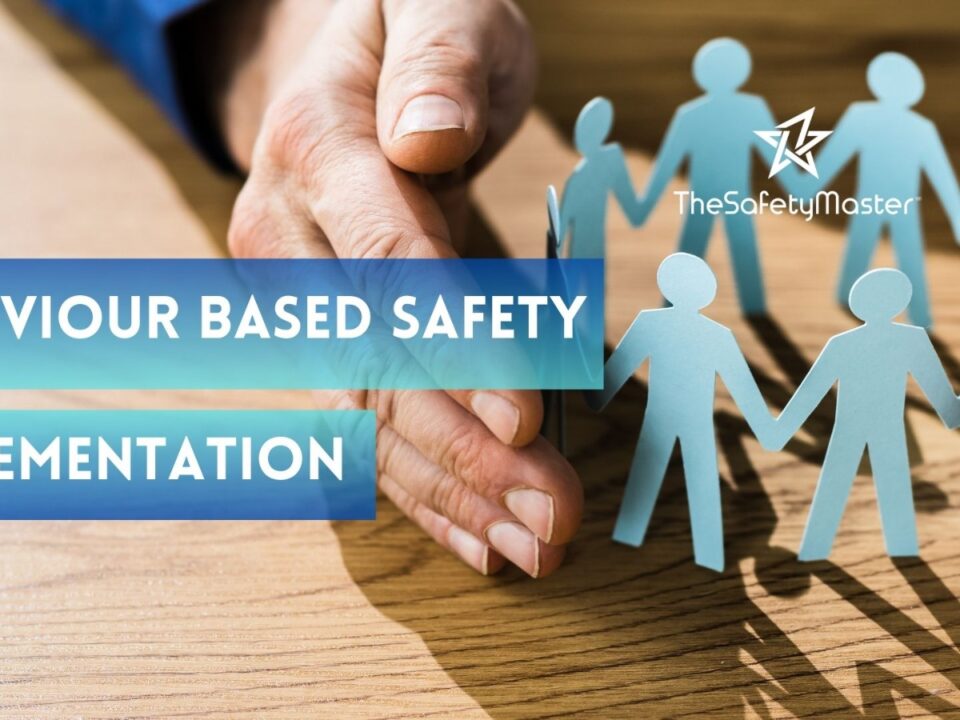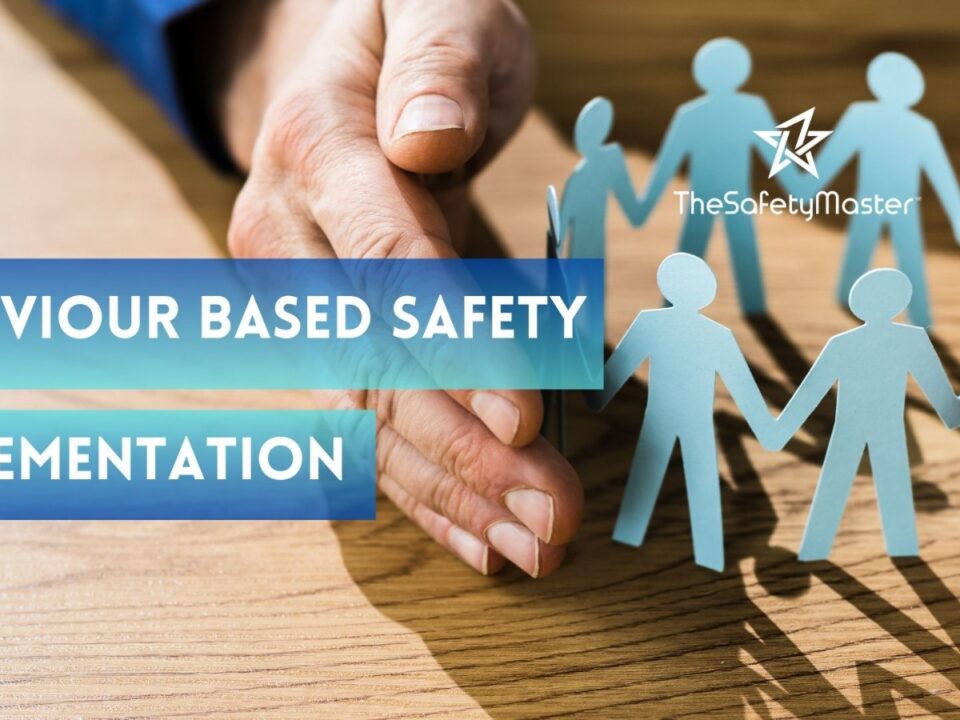Implementing ISO 45001 or ISO 14001: The Safety Master Approach

Process Hazard Analysis Training – The Safety Master
June 22, 2024
Fire Pump Performance Testing Services: Ensuring Reliability with The Safety Master
July 30, 2024In today’s rapidly evolving business landscape, maintaining high standards of safety and environmental management is not just a regulatory requirement but a strategic imperative. Two of the most recognized standards in this realm are ISO 45001 and ISO 14001. Implementing these systems can significantly enhance an organization’s commitment to occupational health, safety, and environmental sustainability. Here, we explore the implementation process of these standards and how The Safety Master can guide organizations through it.
Understanding ISO 45001 and ISO 14001
ISO 45001 is an international standard for occupational health and safety (OH&S) management systems. It provides a framework to improve employee safety, reduce workplace risks, and create better, safer working conditions worldwide.
ISO 14001 is the international standard for environmental management systems (EMS). It helps organizations improve their environmental performance through more efficient use of resources and reduction of waste, gaining a competitive advantage and the trust of stakeholders.
The Implementation Journey
- Initial Assessment
The first step in implementing ISO 45001 or ISO 14001 is conducting a comprehensive initial assessment. This involves evaluating current OH&S or environmental management practices, identifying gaps against the requirements of the respective standards, and understanding the specific needs and contexts of the organization. - Leadership and Commitment
Successful implementation of ISO standards requires strong leadership and commitment. Top management must be involved in setting the direction, providing resources, and integrating the management systems into the overall business strategy. This commitment is crucial for fostering a culture of continuous improvement and compliance. - Planning
Planning is a critical phase where objectives are set, and detailed plans are developed to address the identified gaps. This includes defining the scope of the management system, establishing policies, and setting measurable targets. Risk assessments and opportunities are also identified during this phase to ensure proactive management. - Training and Awareness
For effective implementation, it is essential that all employees are aware of the new systems and their roles within them. This involves comprehensive training programs to build competencies, raise awareness, and ensure that everyone understands their responsibilities related to OH&S or environmental management. - Documentation and Control
Proper documentation is a cornerstone of ISO 45001 and ISO 14001 implementation. This includes creating and maintaining manuals, procedures, and records that demonstrate compliance with the standards. Document control systems are established to ensure that information is accessible, accurate, and up to date. - Implementation
With planning and documentation in place, the next step is the actual implementation of the management systems. This involves integrating the new procedures and practices into day-to-day operations, ensuring that they are followed consistently, and addressing any issues that arise promptly. - Monitoring and Measurement
Continuous monitoring and measurement are essential to track the performance of the OH&S or EMS. This includes regular internal audits, inspections, and reviews to assess compliance with the standards, identify areas for improvement, and ensure that objectives are being met. - Internal Audits
Internal audits play a critical role in the implementation process. They provide an objective evaluation of the management system’s effectiveness and compliance with ISO 45001 or ISO 14001 standards. These audits help identify non-conformities and areas for improvement, facilitating corrective actions. - Management Review
Regular management reviews are conducted to evaluate the performance of the management systems. These reviews involve analyzing data from audits, monitoring activities, and feedback from employees and stakeholders. The aim is to ensure the systems remain effective, relevant, and aligned with the organization’s strategic goals. - Continual Improvement
Both ISO 45001 and ISO 14001 emphasize the importance of continual improvement. Organizations are encouraged to adopt a proactive approach to identifying and implementing improvements in their OH&S or environmental performance. This could involve new technologies, processes, or practices that enhance safety and sustainability.
The Safety Master’s Role
The Safety Master is a leader in helping organizations implement ISO 45001 and ISO 14001 systems effectively. Their approach includes:
- Expert Guidance: Providing expert advice and support throughout the implementation process, from initial assessment to certification.
- Customized Solutions: Tailoring the implementation process to meet the unique needs and contexts of each organization.
- Training and Development: Offering comprehensive training programs to build internal competencies and ensure successful adoption of the standards.
- Audit Support: Conducting internal audits and providing support during external certification audits to ensure compliance and readiness.
- Continuous Support: Offering ongoing support and consultancy services to help organizations maintain and improve their management systems.
Conclusion
Implementing ISO 45001 or ISO 14001 can bring significant benefits to an organization, including enhanced safety, improved environmental performance, and increased stakeholder trust. By partnering with The Safety Master, organizations can navigate the complexities of these standards and achieve a successful implementation that drives long-term value and sustainability.




